Famous Photographers Show Their Worst Shot
In a recent article in The Guardian, well-known photographers share what they consider to be their worst shots. And (most importantly) they share WHY they feel the image never turned out as they had hoped. Here are 5 of my favorite points made by different photographers about these 6 images:

'I found this car on the old Route 66 in a desolate area of Arizona. The picture has all the traits of a well-rounded photograph: there are the jack rabbits on the fence, which make it look as if there is movement; the car that’s really dead, including the tumbleweed and the beat-up old licence plate; the sky is totally non-committal; the horizon is mute. In a photography class, people would discuss how these different elements have come together. It possesses all the signifiers – and that’s the reason it fails. I feel like it’s my worst photograph. It’s too perfect with its phony Americana. I have never used it for anything. But at the same time I’m wondering if that car is still there, rusting away.'
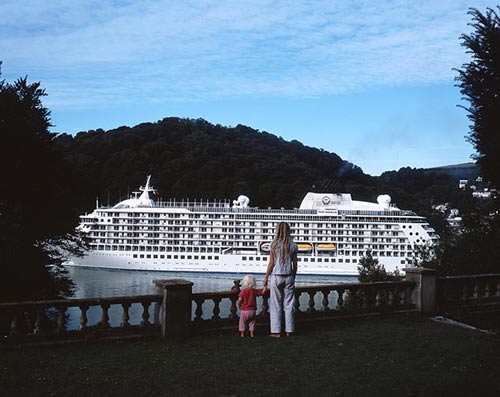
'Every summer I go with my family to Devon. One day in 2010 we were out on the lawn when suddenly it was as if a tower block was obscuring our view. It was a huge ship called The World, where rich people live. At 5am the next day I heard a huge foghorn, and we scrambled out of bed to see it leave. It was a phenomenal sight but I don’t think I got the exposure right. I was fumbling with my old-fashioned plate camera and only got a single shot. I don’t know what to do with this shot; it lurks in my library and I don’t know where it fits. There are millions of pictures like it all over the internet, and they’re not really saying much apart from: "Wow, this looks funny." I’ve made my niche and this isn’t it.'
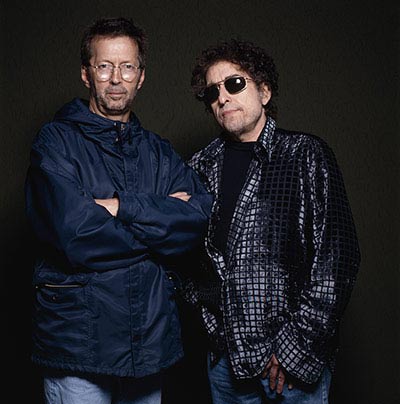
'There aren’t many people I have really, really wanted to photograph during my career, with two exceptions: Marilyn Monroe and Bob Dylan. In 1986, my pal Eric Clapton introduced me to Bob in London. I wanted to take a strong portrait of him that was both immediate and honest. I think we all want to look into those eyes and discover something about him. But to my disappointment, Bob didn’t want to play ball. He wouldn’t pose without Eric; he wrapped his head in a towel to hide from the camera, which frustrated me. I’m not sure why. Perhaps he was just shy. But it was a real shame: there’s a depth of character that would have come across strikingly on film. I guess there is always the one who got away. In my case, there’s two.'
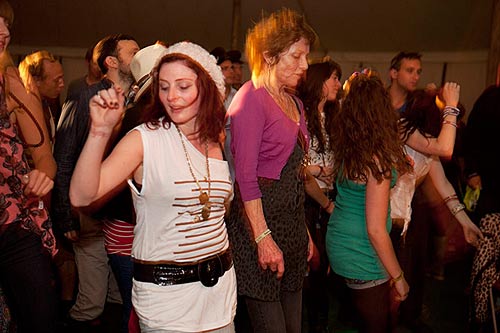
'I wanted to show two pictures, a good one and a reject, to illustrate the weaknesses of the dud. This is the dud. I took it at Port Eliot in Cornwall, where I was doing a pop-up exhibition, producing a show each day. This was shot at midnight; by 11am the better print [see next image] was up on the wall.'
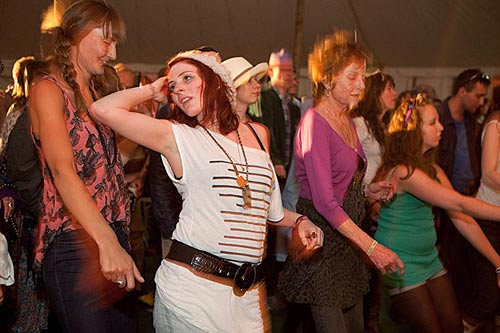
'This image turned out to be the final one. Everything came together: she was photogenic and doing the right gesture; I had balanced the ambient light with the flash, which takes a few frames. The frame before isn’t bad, but it’s not as good. It typifies the dilemma of photography: you do lots of not-bad ones, but often the good one doesn’t happen at all.'
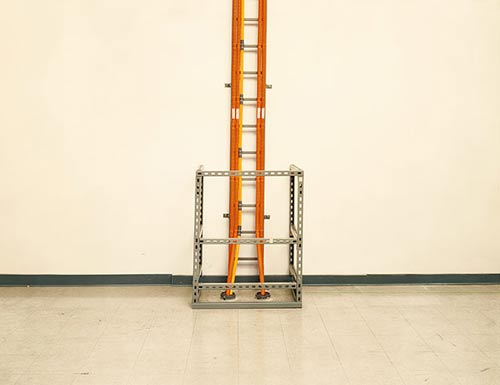
'I had planned to scuba dive and discover the point where submarine telecommunications cables, carrying more than 60m simultaneous conversations, reach land after crossing the Atlantic from the UK. I opened the manhole they come up through: it was heavily piped, dark, uninteresting. This is the room where they leave the manhole. When I took the picture I thought it was a failure. I had anticipated a murky, underwater image with cables peeking out from a heroic finish line on the ocean floor. Instead, I ended up in a banal room with a few dinky cables climbing the walls and a shabby guard rail. But the simplicity is what I later appreciated: instead of a fantastical feat, there’s a vulnerability. You sense that 60m conversations could be easily interrupted – snipped – by a hand and scissors.'
A "documentary-style" photograph that seems too phony and perfect, making a clever photo that's like a million others, not being able to get the model to do exactly what you want, making a lot of "good" but not "great" photos, and a scene not living up to what you thought it was going to be.... all of these are problems that Intro to Photography college students face. There's actually something kind of nice about hearing well-known photographers talk about these exact same issues.
I love Martin Parr's final quote: "It typifies the dilemma of photography: you do lots of not-bad ones, but often the good one doesn’t happen at all."
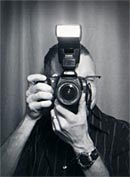




1 comments:
It's somehow funny to think that even the most professional and talented photographers do still have some worst shots. Very nice share!
Post a Comment